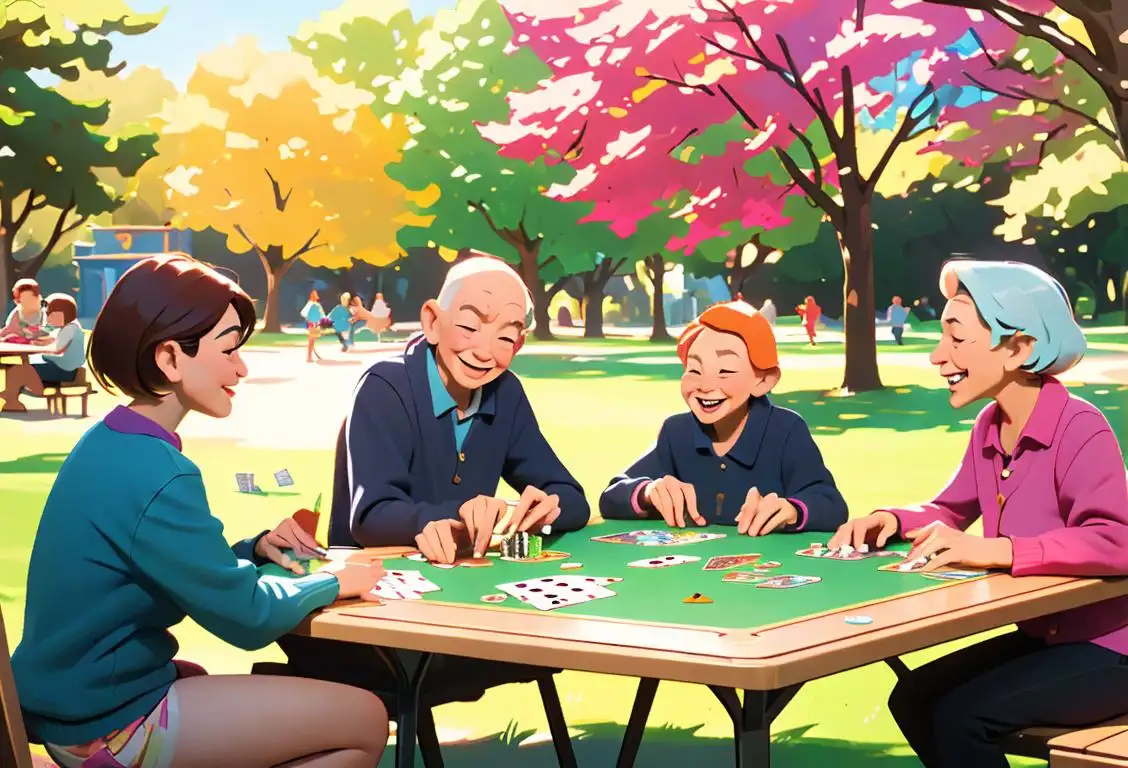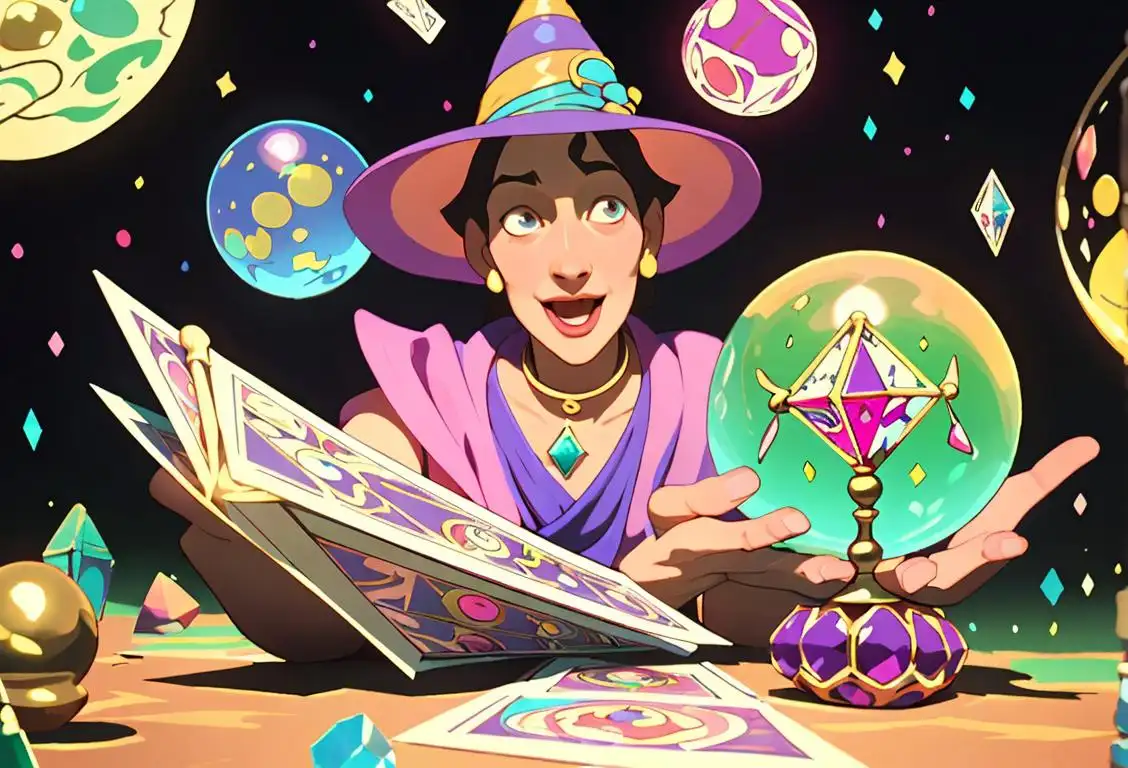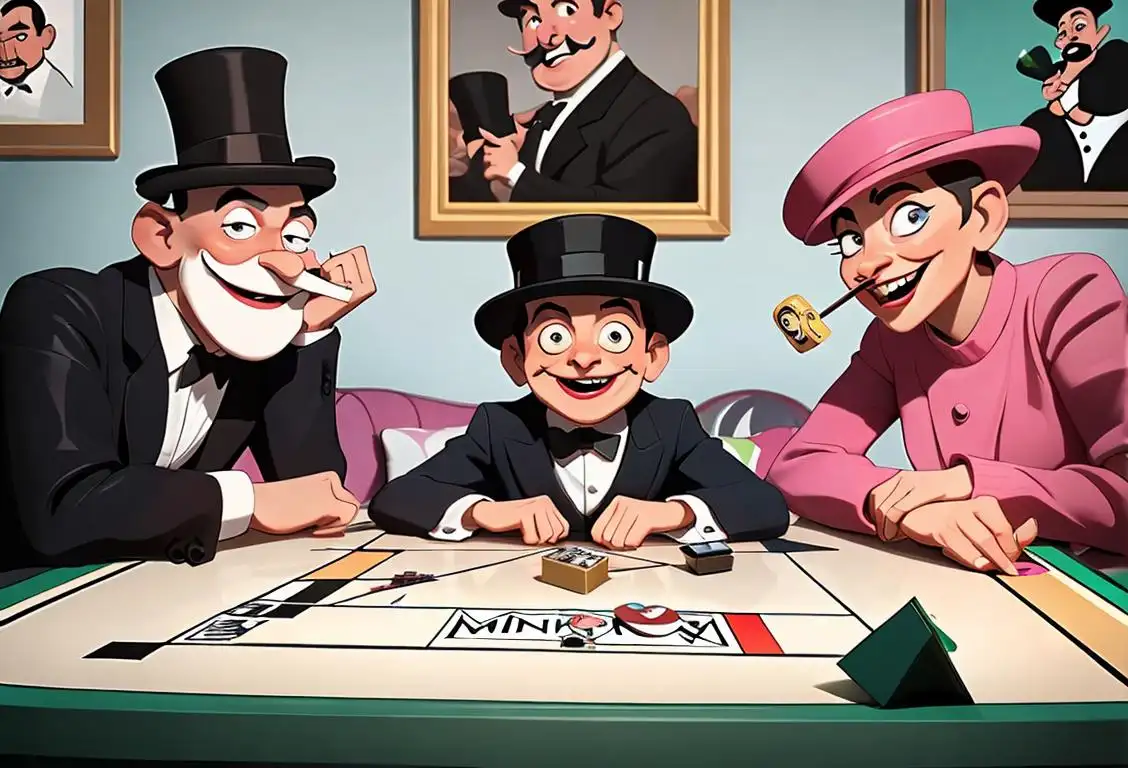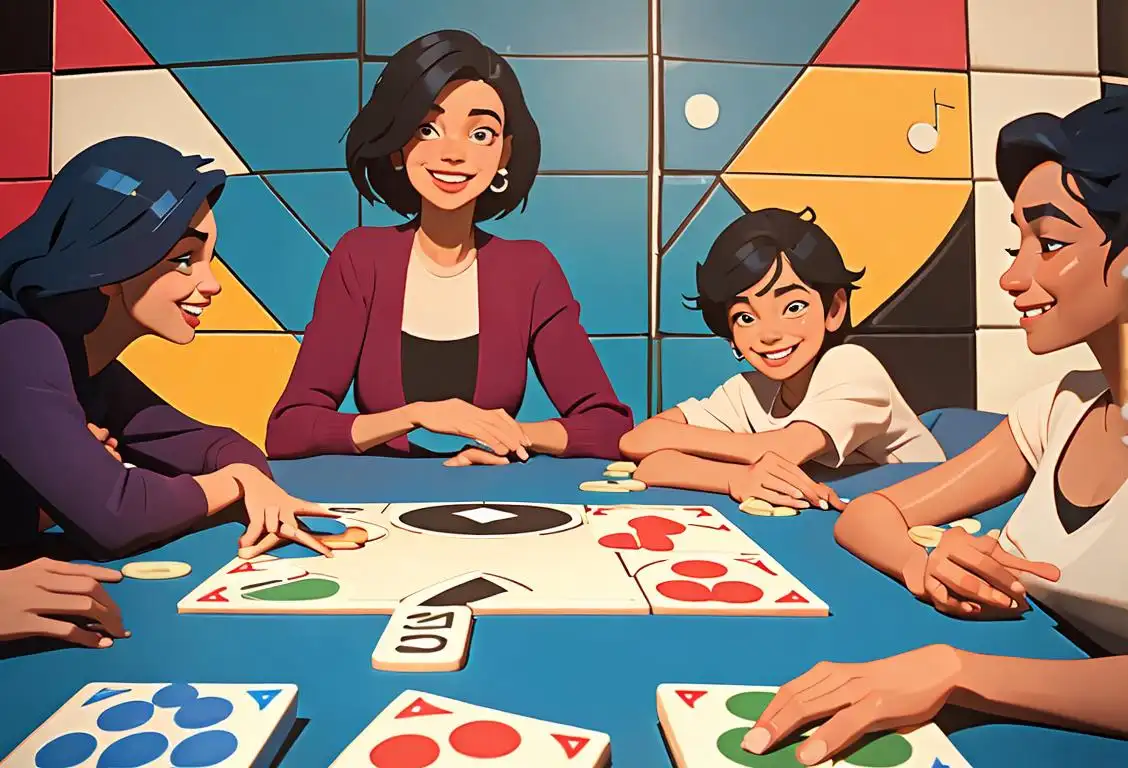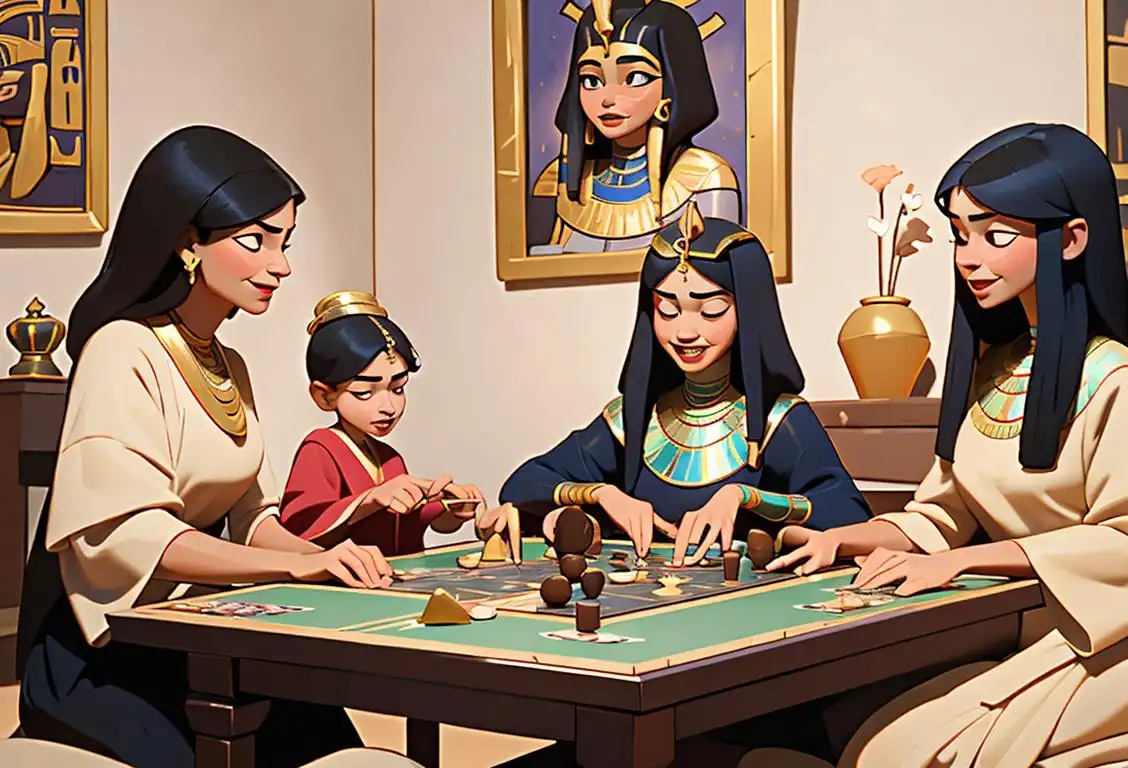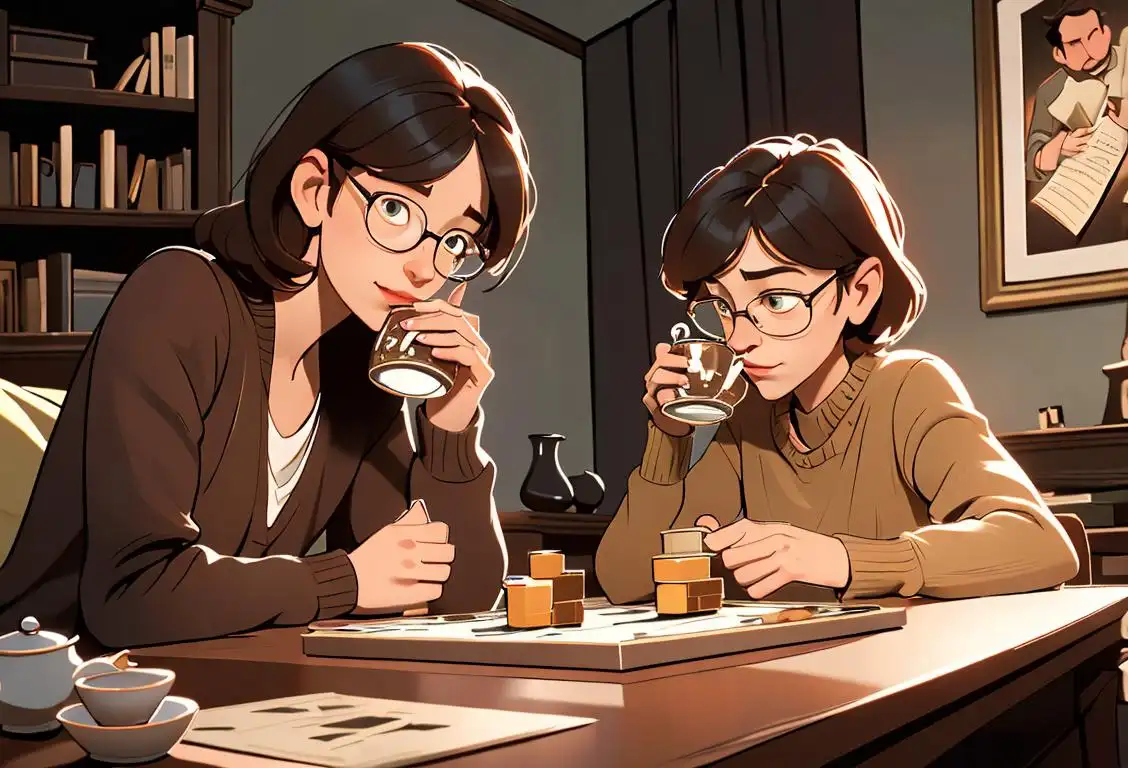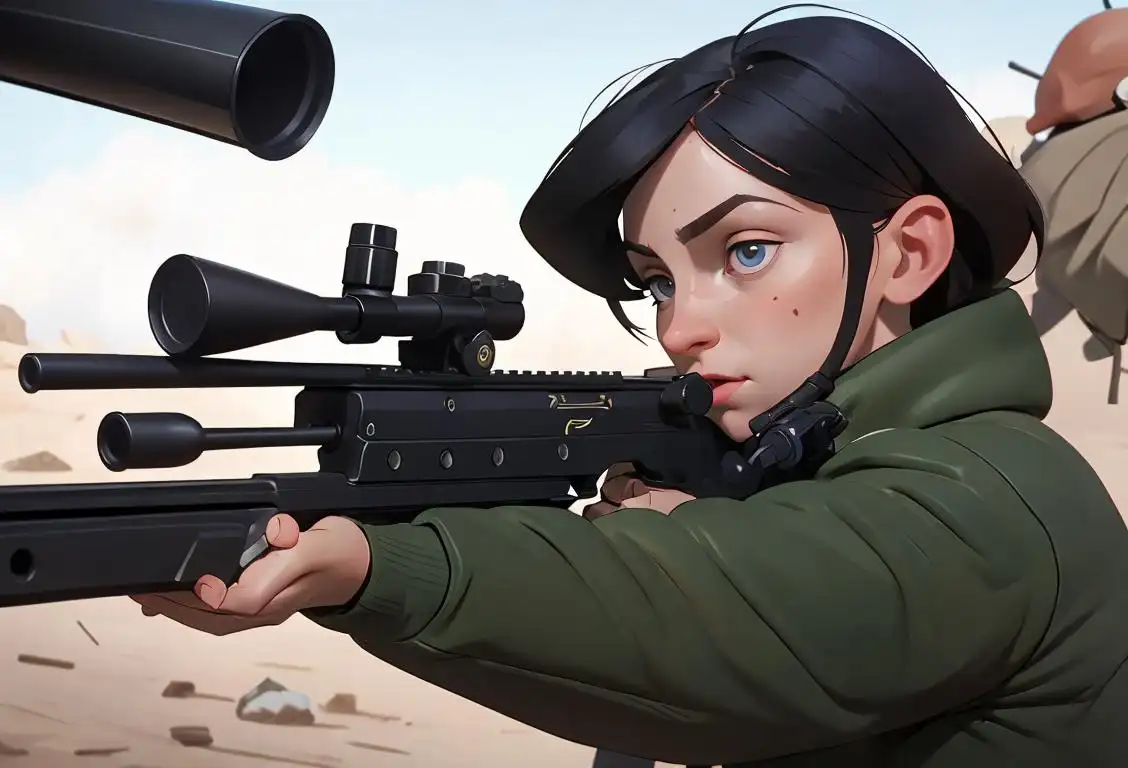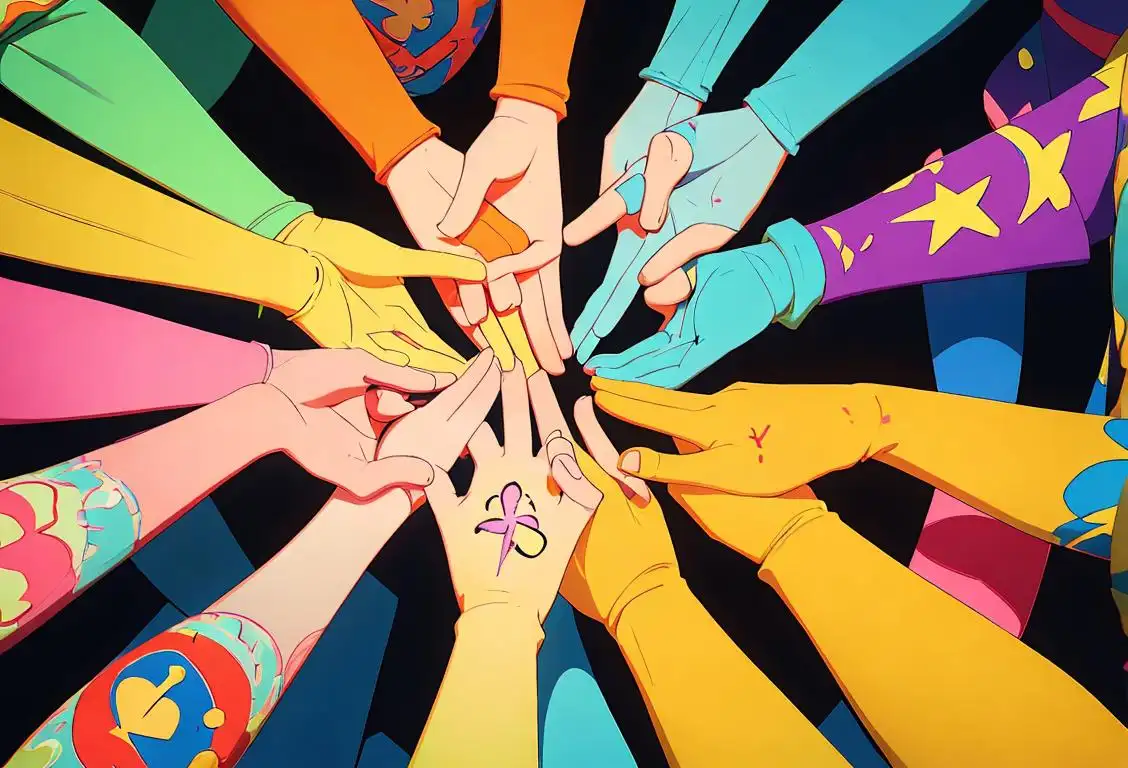National Jigsaw Day
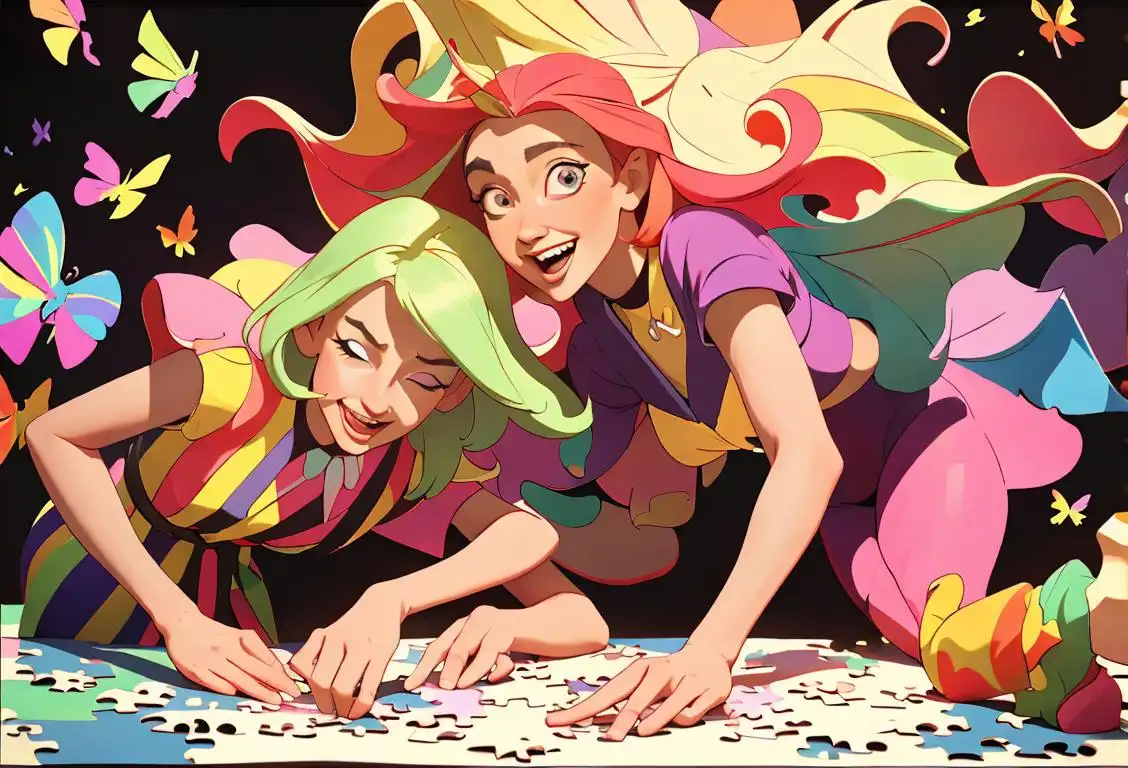
Welcome to the fascinating world of National Jigsaw Day! Whether you're a puzzle aficionado or a casual puzzler, this special day is a time to appreciate the joys and challenges of putting together all those tiny pieces. Grab your magnifying glass, sharpen your wits, and let's dive into the intriguing history of this puzzling celebration!
When is Jigsaw Day?
It's national jigsaw day on the 3rd November.
A Brief History of National Jigsaw Day
Although the exact origins of National Jigsaw Day are as mysterious as the missing piece at the end of a puzzle, we can trace its beginnings to the vast expanses of the internet. It's a day that emerged as an online phenomenon, captivating puzzle enthusiasts worldwide.
On November 3, 2015, the internet exploded with excitement as bloggers, social media influencers, and puzzle-loving folks united under the banner of National Jigsaw Day. Jigsaw enthusiasts flooded the web with their intricate creations, breathtaking landscapes, and the occasional picture of their frustrated cat sitting amidst scattered puzzle pieces.
Given the ever-growing popularity of jigsaw puzzles in the digital age, it was only a matter of time before National Jigsaw Day became a beloved occasion for puzzle enthusiasts to connect, share their favorite puzzles, and celebrate the joy of puzzling together.
How to Celebrate
Ready to celebrate National Jigsaw Day like a true puzzle master? Here are a few ideas to get you started:
- Invite friends and loved ones over for a jigsaw puzzle marathon. It's a great excuse to spend quality time together while collectively cursing at that one missing piece.
- Host a puzzle-solving competition and challenge your pals to see who can complete a puzzle the fastest. May the cleverest puzzler win!
- Explore the vast world of digital jigsaw puzzles. With countless apps and online platforms, you can enjoy countless puzzles without the risk of losing a piece under the couch.
- Create your own jigsaw puzzle and surprise someone special. It could be a picture of a cherished memory or a top-secret message that can only be revealed once the puzzle is solved.
Did You Know?
Did you know that the largest jigsaw puzzle ever completed had a mind-boggling 551,232 pieces? It was a beautiful masterpiece featuring scenes from around the world and took an incredible 17 months to finish. That's dedication! So, the next time you struggle with a 500-piece puzzle, just remember that it could be even more challenging.
History behind the term 'Jigsaw'
1767
Invention of the mechanical puzzle
In 1767, a British cartographer and engraver named John Spilsbury invented the first mechanical puzzle. He mounted one of his maps onto a thin sheet of wood and then extensively cut it into small pieces. This early puzzle laid the foundation for what would eventually become known as the jigsaw puzzle.
1882
Use of fretsaw
In 1882, the fretsaw was first used to cut jigsaw puzzle pieces. This type of saw, with a narrow blade held under tension, allowed intricate and detailed cuts to be made in wooden materials. The use of the fretsaw revolutionized the design and manufacturing of jigsaw puzzles, enabling the creation of more challenging and complex puzzles.
1901
The term 'jigsaw' emerges
The term 'jigsaw' started to be commonly used to refer to puzzles in the early 20th century. This term was derived from the cutting method initially used to make puzzles, which resembled the way jigsaw saws cut curves and intricate patterns. Although modern jigsaw puzzles are typically cut by machines, the name 'jigsaw' stuck and became synonymous with puzzles of all kinds.
1930s
Golden Age of jigsaw puzzles
The 1930s marked the golden age of jigsaw puzzles. During this time, jigsaw puzzles gained immense popularity, becoming a popular source of entertainment for people of all ages. The increased demand for puzzles led to improvements in their design, including various shapes, sizes, and themes. Jigsaw puzzles became a favorite pastime and a widely beloved form of recreation.
1960s
Mass production and popularity surge
With the advancements in printing technology and the introduction of mass production techniques, jigsaw puzzles saw a surge in popularity during the 1960s. Companies started producing puzzles on a large scale, making them more affordable and accessible to the general public. The variety of puzzle designs expanded, ranging from landscapes and famous artworks to movie characters and landmarks.
Digital Age
Transition to digital puzzles
In the digital age, jigsaw puzzles underwent a transformation with the rise of computer technology. Traditional physical puzzles gave way to virtual puzzles, allowing enthusiasts to solve puzzles on their computers, tablets, and smartphones. The transition to digital puzzles provided new opportunities for customization, multiplayer experiences, and access to an infinite number of puzzle designs.
Did you know?
Did you know that the largest jigsaw puzzle ever completed had a mind-boggling 551,232 pieces?Tagged
fun loved ones gamesFirst identified
2nd November 2015Most mentioned on
3rd November 2015Total mentions
140Other days
Games Day
Take A Wild Guess Day
Monopoly Day
Dominos Day
Jigsaw Day
Board Game Day
Scrabble Boggle Day
Shoot Morgan Day
Compliment Day
Suicide Prevention Day
